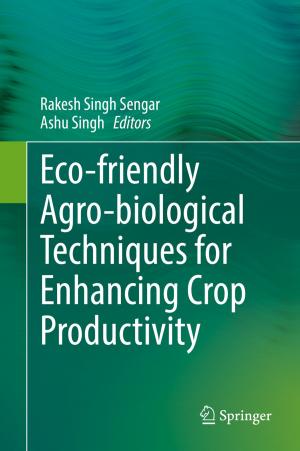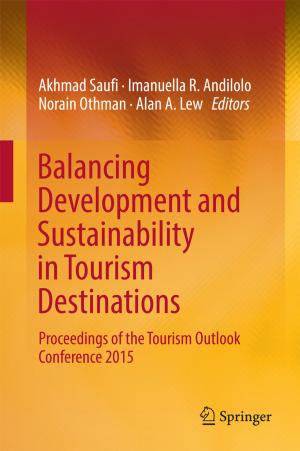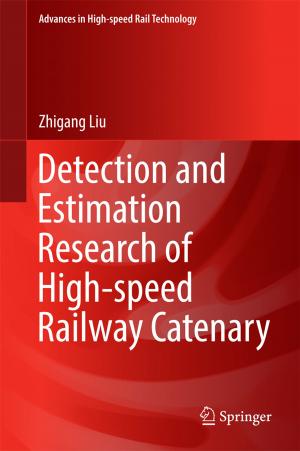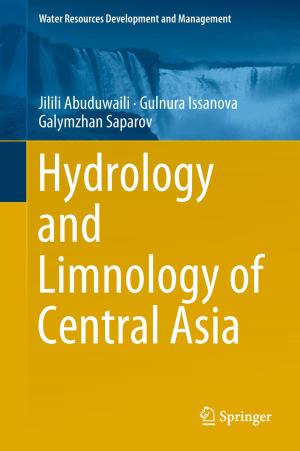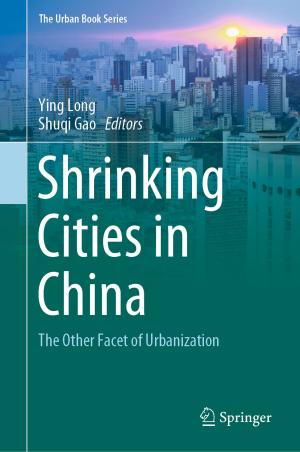Basic and Applied Phytoplankton Biology
Nonfiction, Science & Nature, Science, Biological Sciences, Marine Biology, Technology, Environmental| Author: | ISBN: | 9789811079382 | |
| Publisher: | Springer Singapore | Publication: | July 23, 2018 |
| Imprint: | Springer | Language: | English |
| Author: | |
| ISBN: | 9789811079382 |
| Publisher: | Springer Singapore |
| Publication: | July 23, 2018 |
| Imprint: | Springer |
| Language: | English |
This book presents the latest developments and recent research trends in the field of plankton, highlighting the potential ecological and biotechnological applications. It critically and comprehensively discusses strain selection, growth characteristics, large-scale culturing, and biomass harvesting, focusing on the screening and production of high-value products from algae, and evaluating carbon dioxide sequestration from fuel gas as a climate change mitigation strategy. The latter areas of research are clearly central to the sustainable development approach that is currently attracting global attention.
Over the decades, much of the literature on has focused on the biological and ecological aspects of phytoplankton found in freshwater, marine and brackish water environments. However, these organisms are known to also inhabit various other environments. More recently, there has been a substantial shift toward the concept of sustainable development and the “green economy” with emphasis on exploiting biological systems for the benefit of mankind. The significance of these plankton cannot be underestimated as they contribute approximately 40% of the oxygen in the atmosphere. Therefore, there is potential for exploitation of this invaluable biomass source that could lead to significant environmental and economic benefits for man.
Providing a comprehensive outline of the most recent developments and advances in the field of industrial applications of these plankton, this book is an excellent reference resource for researchers and practitioners.
This book presents the latest developments and recent research trends in the field of plankton, highlighting the potential ecological and biotechnological applications. It critically and comprehensively discusses strain selection, growth characteristics, large-scale culturing, and biomass harvesting, focusing on the screening and production of high-value products from algae, and evaluating carbon dioxide sequestration from fuel gas as a climate change mitigation strategy. The latter areas of research are clearly central to the sustainable development approach that is currently attracting global attention.
Over the decades, much of the literature on has focused on the biological and ecological aspects of phytoplankton found in freshwater, marine and brackish water environments. However, these organisms are known to also inhabit various other environments. More recently, there has been a substantial shift toward the concept of sustainable development and the “green economy” with emphasis on exploiting biological systems for the benefit of mankind. The significance of these plankton cannot be underestimated as they contribute approximately 40% of the oxygen in the atmosphere. Therefore, there is potential for exploitation of this invaluable biomass source that could lead to significant environmental and economic benefits for man.
Providing a comprehensive outline of the most recent developments and advances in the field of industrial applications of these plankton, this book is an excellent reference resource for researchers and practitioners.

